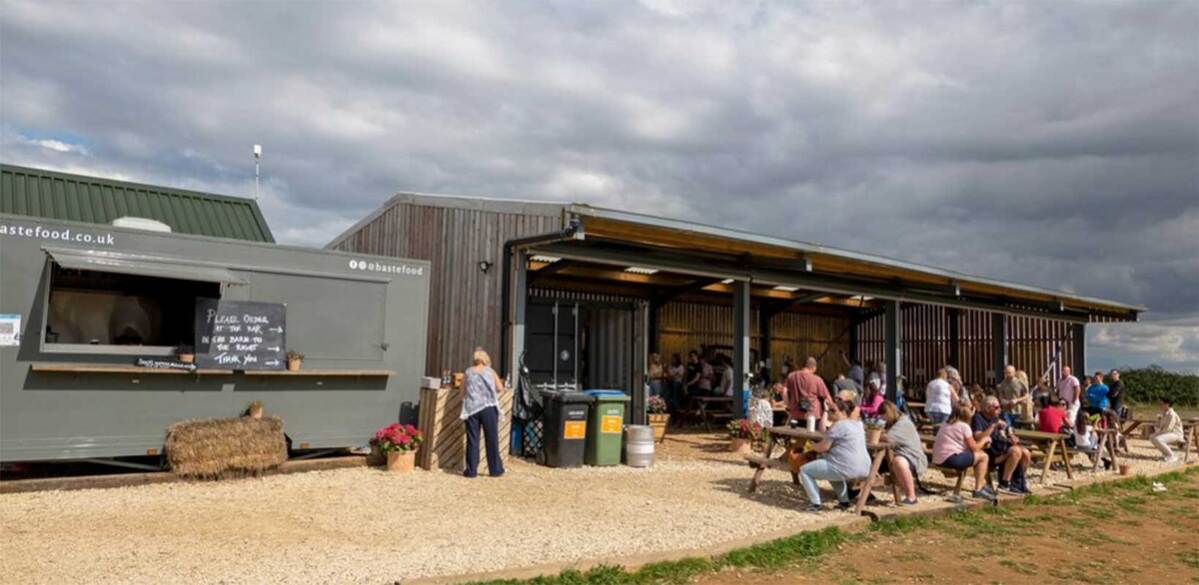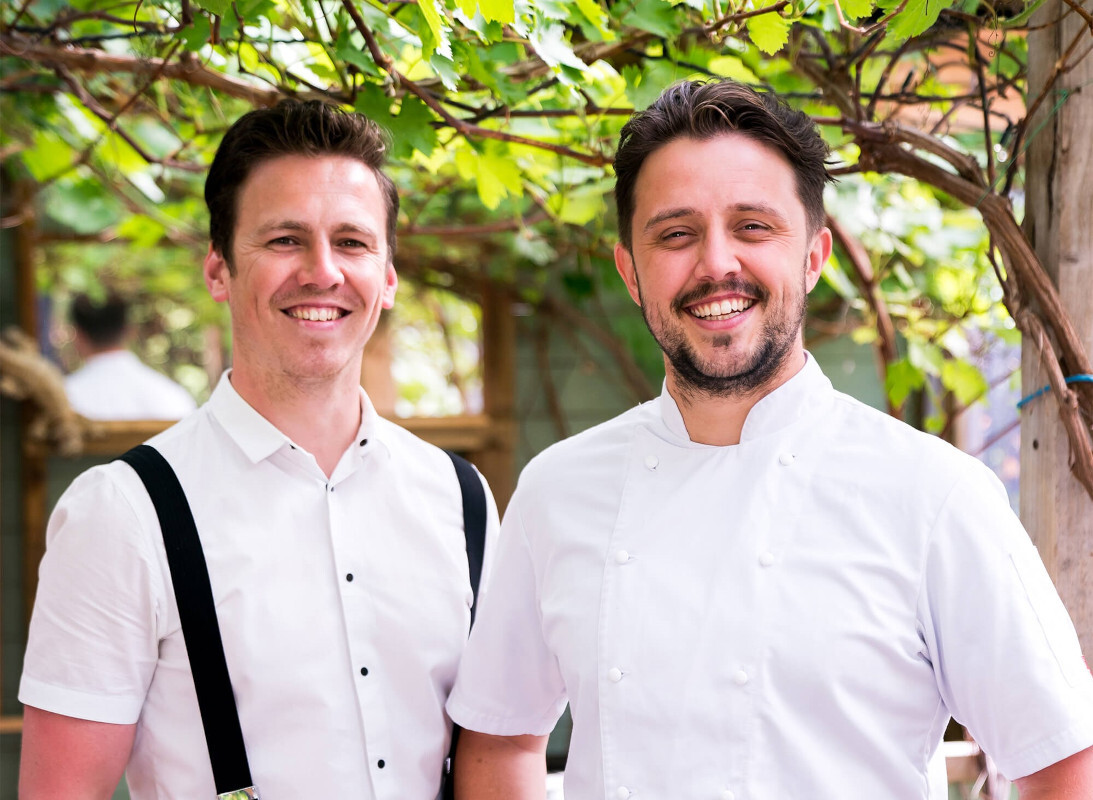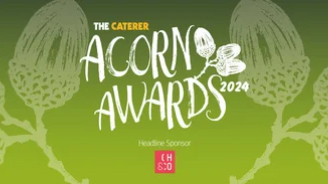Hot stuff from chile
"In the past two years, the Chilean wine industry has been transferring its attention to the vineyard. Until then, the major companies had concentrated on investing in their wineries. All the new building work we are now seeing is only an extension to that programme. The current preoccupation is to have the right clone of the right variety, planted in the right place," says French producer Thierry Villard.
Although he's lived in Chile for six years and is married to a local woman, Villard, who is in the process of building his own winery in Casablanca and consults for Santa Emiliana, is in a good position to make informed judgments about Chile's viticultural progress - he witnessed a similar revolution in the Australian wine industry during his 17 years working for the Orlando group in the 1970s and 1980s.
Two years ago, when comparing Chile with Australia, he put the Chileans a whole decade behind. Now he feels they are rapidly catching up. Indeed, in the UK, Chile's second most important export market after the USA, the South American country has benefited from Australia's inability over the past two years to meet demand from the major retailers for its wines, particularly the reds.
The Chilean wine industry has come a long way since the country first burst on to the international scene, billed as the southern hemisphere's "viticultural paradise". In 1988, fewer than 80,000 cases of Chilean wine were sold in the UK. In 1996, sales exceeded two million cases.
As Villard suggests, there is certainly a growing understanding among the best producers that good wine begins in the vineyard. Most of them have long since realised that the international market requires a different style of wine to the thin, oxidised whites and dried-out reds that still dominate domestic sales.
To date, Chile's export success has been built on producing good-value, easy drinking styles of wine made from the four most widely planted classic varieties - Cabernet Sauvignon, Merlot, Sauvignon Blanc and Chardonnay - all originally brought to Chile as cuttings taken from Europe's vineyards during the 19th century, before they were decimated by the phylloxera bug in the 1880s.
But today Chile has a lot more to offer than just pleasantly fruity whites and reds. World-class Merlot and Sauvignon Blanc are now made, as are Cabernet Sauvignon blends of great depth, flavour and complexity, plus increasingly good but still affordable Pinot Noir. There are also notable individual successes with newly introduced varieties such as Syrah, Cabernet Franc, Zinfandel and Petit Syrah.
The good news for restaurateurs is that not only is the range ever widening, but quality is taking a giant step forward with each vintage. Chile now offers something appropriate for restaurants of all styles, from the humblest bistro to the grandest Michelin-starred establishment.
Whether you are after a well-priced house wine to sell by the glass, a wine with structure and depth of flavour designed to be drunk with food, or a novelty item to add interest to your list, Chile can provide it.
Perfect conditioning
Blessed with the kind of benevolent climate that winemakers can usually only dream about - there's no phylloxera bug gnawing away at the vine roots, plenty of sunshine to ripen the fruit, very little rain in the summer months around harvest time, but an abundance of water with which to irrigate the vineyards thanks to the melting Andean snow - the opportunity to produce wine of high quality is clear.
The main criticism of Chilean wine in the past has been that yields were too high because vines were largely planted on the fertile valley floor and generously watered by the flood irrigation methods still widely employed. As a result, the finished wines were often dilute and lacking in character.
Now, most major exporting wineries are cutting back on yields by dint of fewer "floods" of the vineyards, the planting of sites on the less fertile, better draining valley sides, the development of whole new vineyard areas such as the Casablanca Valley, and the installation of more controllable drip-irrigation regimes.
In truth, they have partly cut back on irrigation by necessity since the normally abundant Andean meltwater has been in short supply for a couple of vintages. There was very little snow last winter - the skiing season that usually lasts well into November was over two months earlier. The important Maipo river was running at only 40% of its capacity in mid-November last year, at a time when it should have been in full flow.
The price of Chilean wine of all qualities is likely to go up significantly in 1997, on top of the rises seen during the second half of 1996. Worldwide demand, exacerbated by poor harvests in Australia and California, far outstripped supply in 1996. But there are still some amazing bargains to be found.
While classy new red wines such as the Errazuriz 1995 Reserve Syrah and Carmen's 1995 Petit Syrah Reserve (which will arrive in the UK in the autumn), and Valdivieso's superb 1995 Cabernet Franc Reserva (available now), show possibilities for the future, it is with Merlot that Chile is currently most likely to score highly.
At the top of the pile sits Casa Lapostolle Cuvée Alexandre 1995, which sees a lot of new French oak but has the fruit to stand it. This is closely challenged by the 1995 Reserve Merlots from Errazuriz and Carmen. Oddbins has just taken delivery of a small parcel of Santa Rita 1996 Medalla Real Merlot, made from Casablanca Valley fruit, that's also seriously good.
Less widely available but of similar quality is Valdivieso's 1995 Reserva, while the Merlots from Viña La Rosa sold under the La Palma label and made using fruit grown in one of Chile's most beautiful vineyards (Palmeria) get better each year - watch out for the 1996 vintage.
Famous merlots
In 1996, Ignacio Recabarren, Chile's best-known winemaker, made his first Merlot at Vi¤a Casablanca. Judging by a barrel sample tasted in November, this too will be well worth seeking out.
"Merlots from Casablanca are soft but they've got structure and they're really round in the mouth," says Villard. His own 1995 Merlot is richly fruity with a velvety texture, long finish and very reasonable price tag. At the moment, it's mainly sourced from the Cachapoal region to the south because the company won't have enough Casablancan fruit to make it until 1998.
Along with Recabarren, Villard's winemaker, Pablo Morande, the man who discovered Casablanca and the first to plant vines in the valley which now produces many of Chile's top whites, also produces arguably the best Sauvignon Blanc in the country. These wines are comparable in fruit concentration and complexity to the finest from Marlborough in New Zealand.
Chilean Pinot Noir is also getting better by leaps and bounds. Morande made two good wines from this tricky grape in 1996, one for Villard, the other to be released under Concha y Toro's inexpensive Explorer label. But Valdivieso and Cono Sur, part of Concha y Toro, continue to lead the field for Pinot Noir, with the former some way ahead on the basis of tastings of the 1996 vintage in barrels. But the latter's Reserve wine from Casablanca also looks very good.
Valdivieso has also broken new ground by producing the Chilean equivalent of a super Tuscan, right down to the elegant, tapered, Italian-style bottle. Caballo Loco 1 - the name given to Valdivieso's non-vintage blend of several varieties, including some Cabernet Franc and Sauvignon, Malbec and Pinot Noir - is a dense, complex, concentrated mouthful with bags of character. It gives an idea of what Chile is capable of producing in the future.













